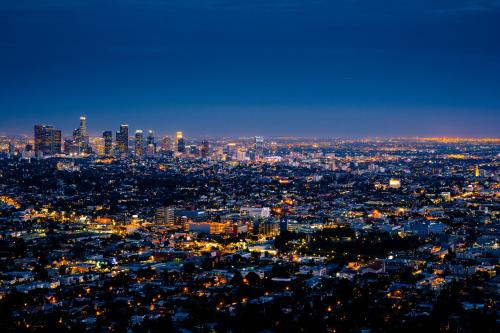Although the emissions of key air pollutants caused by human activities (traffic, industry etc.) have sharply decreased in response to COVID-19 disruptions, the atmospheric levels of secondary pollutants like ozone have been found to increase in several places around the world. BIRA-IASB researchers contributed to the first global model study aimed at elucidating and quantifying the causes for this apparent paradox.
The results, published in the Journal of Geophysical Research, highlight that the relative decrease in nitrogen oxide (NOx) and Volatile Organic Compounds (VOC) levels plays an important role: in places with usually extremely high levels NOx and VOC, like northern China, ozone pollution increased significantly during lockdown. This is because NOx not only contributes to the formation of ozone, but at very high levels, it also works to destroy it. If the NOx levels drop enough to stop the destruction process, but not enough to stop the formation process, you get more, rather than less, ozone pollution.
Another cause for the increased ozone in some places is the weather: in north European cities, the unusually sunny weather during the March-April 2020 lockdown period led to higher ozone pollution, because NOx and VOC react more easily when there is more sunlight and heat.
“This study offers insight into what steps could be taken to reduce emissions and improve air quality,” says Guy Brasseur, former BIRA-IASB scientist and co-author of the study. “We learned that a one-size-fits-all approach may not be effective. The measures that may need to be taken vary with the season and they vary with the location.”
The atmosphere is a complex chemical soup and its understanding poses big challenges. “Atmospheric models are powerful for tackling the complex interactions that determine the quality of the air we breathe, and so important for interpreting what we observe”, adds Jenny Stavrakou, co-author of the study.
Study
Authors: Benjamin Gaubert, Idir Bouarar, Thierno Doumbia, Yiming Liu, Trissevgeni Stavrakou, Adrien Deroubaix, Sabine Darras, Nellie Elguindi, Claire Granier, Forrest Lacey, Jean-François Müller, Xiaoqin Shi, Simone Tilmes, Tao Wang, and Guy P. Brasseur
Journal: Journal of Geophysical Research: Atmospheres


